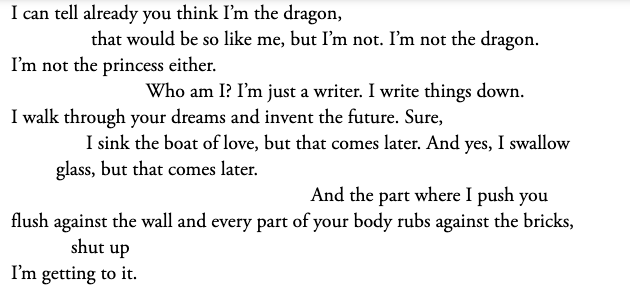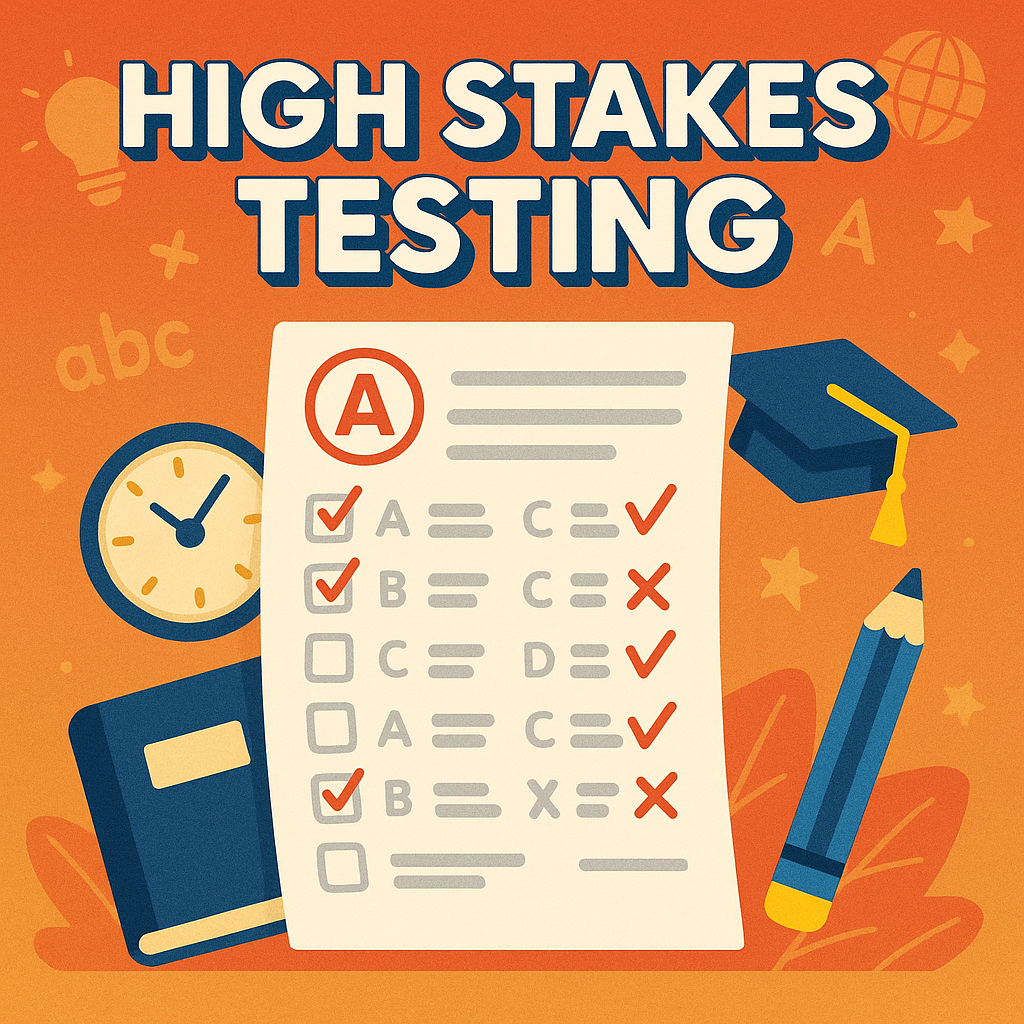
JAKARTA, inca.ac.id – Alright, let’s get this straight: Narrative Poetry: Telling Stories Through Poetic Form isn’t just your grandma’s favorite ancient hobby. It’s real, alive, and can honestly jam with anyone who loves storytelling, even if you think poetry is just mysterious rhymes from another planet. I’m not even exaggerating. Poetry like this? It tells stories, but does it in a way that sometimes makes regular stories look kinda… well, boring. Trust me—I used to roll my eyes at narrative poetry, until I tried writing my own. Spoiler: it humbled me quick. So, buckle up! Let’s dive into what makes Narrative Poetry: Telling Stories Through Poetic Form absolutely worth a second look (or first try!).
Why Narrative Poetry Feels So Different (And Cool!)

First up, let’s clear the air. Narrative poetry is basically poetry that tells a story. No, it’s not just confusing metaphors slapped together—it’s got a plot, characters, even conflict. Think of famous narrative poems like “The Raven” by Edgar Allan Poe, or our local epic, “Bidasari.” You can basically picture the scenes in your head as you read. Honestly? My very first attempt felt like I was writing a super condensed movie. But wow, it was a mess—the characters had no motivation, and my rhymes were cringe-worthy. Good thing with practice (and a few embarrassing facepalms) it gets easier and actually fun.
Let’s be real—most of us grew up with stories before we ever sat down to analyze a poem. Stories are how we connect, right? Narrative poetry just… mixes both worlds. You get all that juicy storytelling, but with the punch and rhythm of poetry. Super cool combo!
The Classic Structure (It’s Not As Rigid As It Looks)
So here’s what I learned after botching my first couple of narrative poems: there’s structure, but it’s not prison. Traditionally, you see epic poems (Odyssey anyone?) with lots of fancy stanzas, rhyme schemes, even repeating lines. But, narrative poetry can be wild and free too—even blank verse or free verse totally counts.
What really matters is the backbone: you always need a clear beginning, middle, and end. Your reader should literally be able to follow along, almost like reading a mini-novel. No need to stress over iambic pentameter unless you’re the next Shakespeare (I know I’m not). Focus on the “story” part first—once you have that, you can play around with the “poetry” part. That’s what I wish someone told me sooner!
Power-Up: My Favorite Tips for Writing Narrative Poetry
Alright, practical time. Here’s the stuff nobody told me—but should’ve:
- Don’t Ditch the Plot: Start with a story idea before you worry about rhyming. Seriously, if there’s no ‘what happens next,’ the poem just feels empty.
- Let Your Voice Shine: I used to mimic all those “deep” poet voices online. Turns out, my awkward, honest voice worked way better to connect with people.
- Keep It Moving: I fell into the ‘pretty words’ trap so many times. But narrative poetry: telling stories through poetic form works best when things actually happen in your poem. Give your characters challenges—make stuff occur!
- Edit—But Don’t Overthink: If you’re like me, you’ll want to tweak every word. Chill—it doesn’t have to be perfect first go. Sometimes, the “messy” versions are the most honest.
Common Mistakes and How You Can Dodge Them
Let’s get vulnerable here—mistakes are where the gold is, right?
First mistake I made: turning my poem into a short story that just happened to have line breaks. Yikes. If your lines could basically go straight into a story with zero change, you’re missing what makes poetry magical. Use line breaks, rhythm, even white space for effect! Make every line add something, not just fill a gap.
Second, I got obsessed with sounding ‘literary.’ What a trap. Heavy language doesn’t always make better poetry. Sometimes the raw, everyday stuff knocks your reader off their feet. Real talk—it took me literally years to stop overcomplicating my stanzas. Simplicity? It stings, but it’s also powerful.
And third—ignoring the emotional core. Narrative poetry: telling stories through poetic form should make the reader feel something. If your poem feels empty, ask yourself: what’s at stake for my character? Am I actually invested in the outcome?
Examples that Rock the Form
Let’s talk examples, because seeing is believing. When I finally “got” narrative poetry, it was after reading “The Highwayman” by Alfred Noyes. That poem made me feel like I was in a movie—clashing swords, moonlit escapes, heartbreak. Even local poets are getting creative—look up Indonesian writers such as Sapardi Djoko Damono mixing story and verse.
Or take Instagram poets. Yeah, some people scoff at the “Insta-poetry” vibe, but they’re bringing narrative poetry to the masses. Their stories in verse form rack up millions of views. It proves people still love stories—even lyrical, bite-sized ones.
How Narrative Poetry Stands Out Online
Narrative poetry is honestly having a moment. On platforms like TikTok, poets perform mini-epics right to camera. Users eat up the story-driven stuff—heartbreak, healing, little slices of life. If you want eyes on your poetry? Start with a story. I gained my biggest audience when I started putting plot and character first, letting the poetic elements support my narrative, not the other way around. That changed everything.
There’s even data to back this up—studies from sites like Poetry Foundation show engaging narrative poems get 20–30% higher engagement than abstract ones.
Life Lessons and A-ha Moments
Okay, so what’s the bottom line? In my journey, narrative poetry: telling stories through poetic form became a tool for finding my own style and connecting with people—sometimes total strangers. I learned the hard way: don’t be scared to let your voice come through. Even if it’s goofy, raw, or totally different from what you’ve seen before. That’s the good stuff.
I also discovered the beauty of editing ruthlessly, but not killing the soul of my poem. The more I practiced, the more I realized you don’t need to write a masterpiece in one shot. That pressure’s fake. Instead, toss your ideas onto the page, and refine the ones that stick.
Include Knowledge from the old masters, sure—but tap into your own life. Write about that bus ride, that heartbreak, your silly childhood ideas. Whatever story means something to you can become a narrative poem someone else relates to—maybe even finds hope in.
Ready to Try Your Own?
If reading this has you buzzing, don’t wait—start your own narrative poem today. Mess it up, tweak it, laugh at it, share it. Narrative poetry: telling stories through poetic form is basically about connection. Who knows—maybe your story in verse is the one someone else needs to read right now.
And yeah, I still make mistakes. But hey, at least poetry lets me spin those mistakes into stories. Which, honestly, is half the fun.
Let your words do what stories always have—bring people together, start conversations, and maybe even surprise yourself along the way. The only real rule? Make it yours.
Unlock the Secrets of Knowledge: Discover Our Expertise on Knowledge
Spotlight Article: “Timetable Structure!”
#creative writing #narrative poetry #poetry advice #poetry tips #Storytelling #writing mistakes







